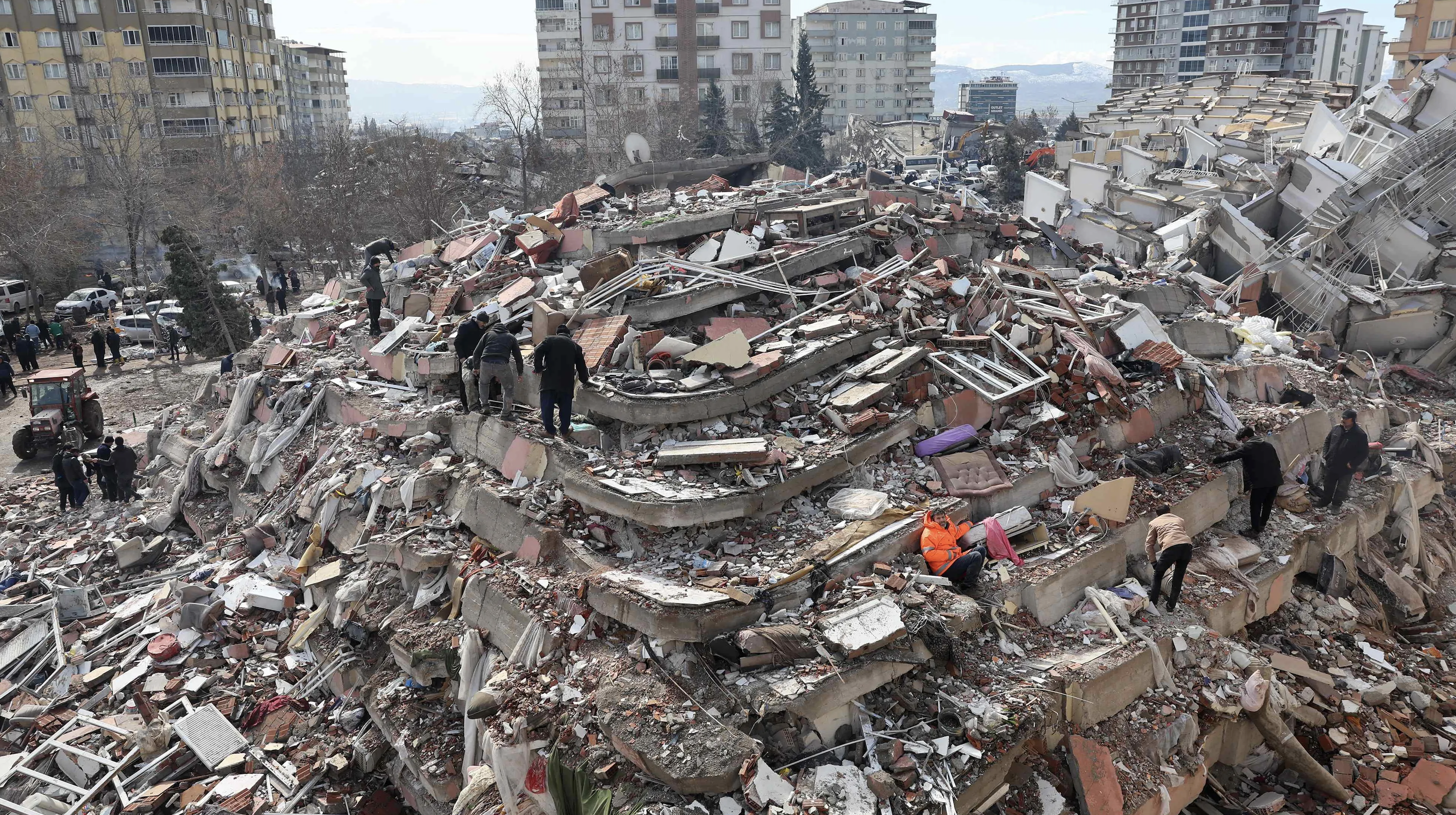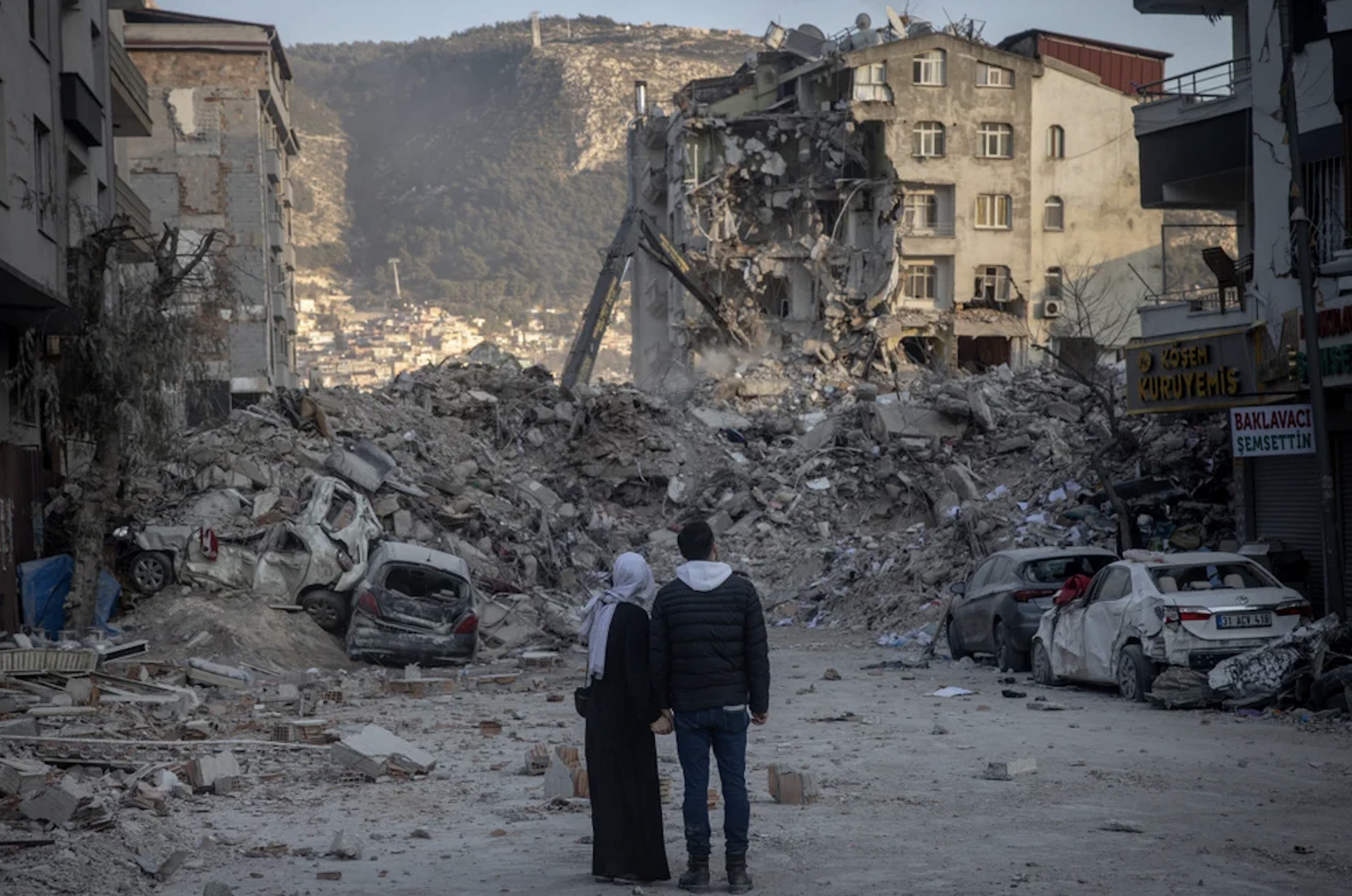
DataClone
We make better world by AI

Collection and processing of geological and meteorological data
'Clone AI Project' Early Warning Tech (Developed an AI-based earthquake prediction system to provide proactive alerts and risk analysis) Tectonic AI (Building machine learning models that combine satellite data and seismic wave analysis to predict the likelihood of earthquakes) QuakePredict (startup that analyzes real-time earthquake data and operates an early warning system) SeismoAI (using IoT sensors and AI to monitor earthquakes and ground movements to assess risk) GeoAI Solutions (an integrated analysis of geological data and climate variables to predict earthquake and landslide risks) DeepQuake Analytics (Learning seismic patterns and visualizing hazardous areas through AI-driven deep learning models)

What we do for Future
Smart Monitoring Solutions Collect and analyze big data (weather, climate, geology, earthquake) 24 hours.
Support for regional and national optimization services through global big data collection and processing through smart dashboard.
AI to solve extreme weather conditions around the world
Big Data-Based Forecasting Prevent national emergencies and minimize damage.
geological and earthquake problems
Plate tectonic motion (Earthquakes occur primarily when the seven major plates of the Earth collide, separate, or move in the Pacific Rim midwifery) Fault activity (often occurs in active fault areas, especially active fault areas, where faults within the crust cannot withstand long periods of pressure and suddenly move and cause earthquakes).
Tsunami and Fire Problems
Volcanic activity (accompanied by earthquakes during magma's rise and eruption), occurring at high frequency in the Pacific Rim Volcano Band (Ring of Fire) Artificial earthquake (induced earthquake) (earthquakes caused by human activities such as dam construction, groundwater extraction, coal mining, geothermal power generation, hydraulic fracturing (fracking) etc.) Seabed earthquakes and tsunamis (strong earthquakes occur as the sea plate subsides, often leading to tsunamis, causing massive damage).
Global warming, heavy snow, and heavy rain problems
Causes of heavy snow - Moist air and cold air meet in the atmosphere, resulting in a strong blizzard (blizzard or record heavy snow) Causes of heavy rain - Increased frequency of heavy rain and flooding due to increased evaporation due to atmospheric instability and warming Global warming - increasing greenhouse gases (CO₂, methane) cause global average temperature rise, polar glacier decrease Climate Change Impact - Rising sea levels, increasing extreme climate (heat waves, cold waves, typhoons), accelerating ecosystem change Economic and social damage - decline in agricultural production, increase in climate refugees, surge in energy demand, widening economic losses Countermeasures - Reducing carbon emissions (expanding renewable energy, disseminating electric vehicles) and climate adaptation policies (disaster infrastructure, developing eco-friendly technologies).
Get in touch
AI for the Future For the next generation, we have to prepare now.









